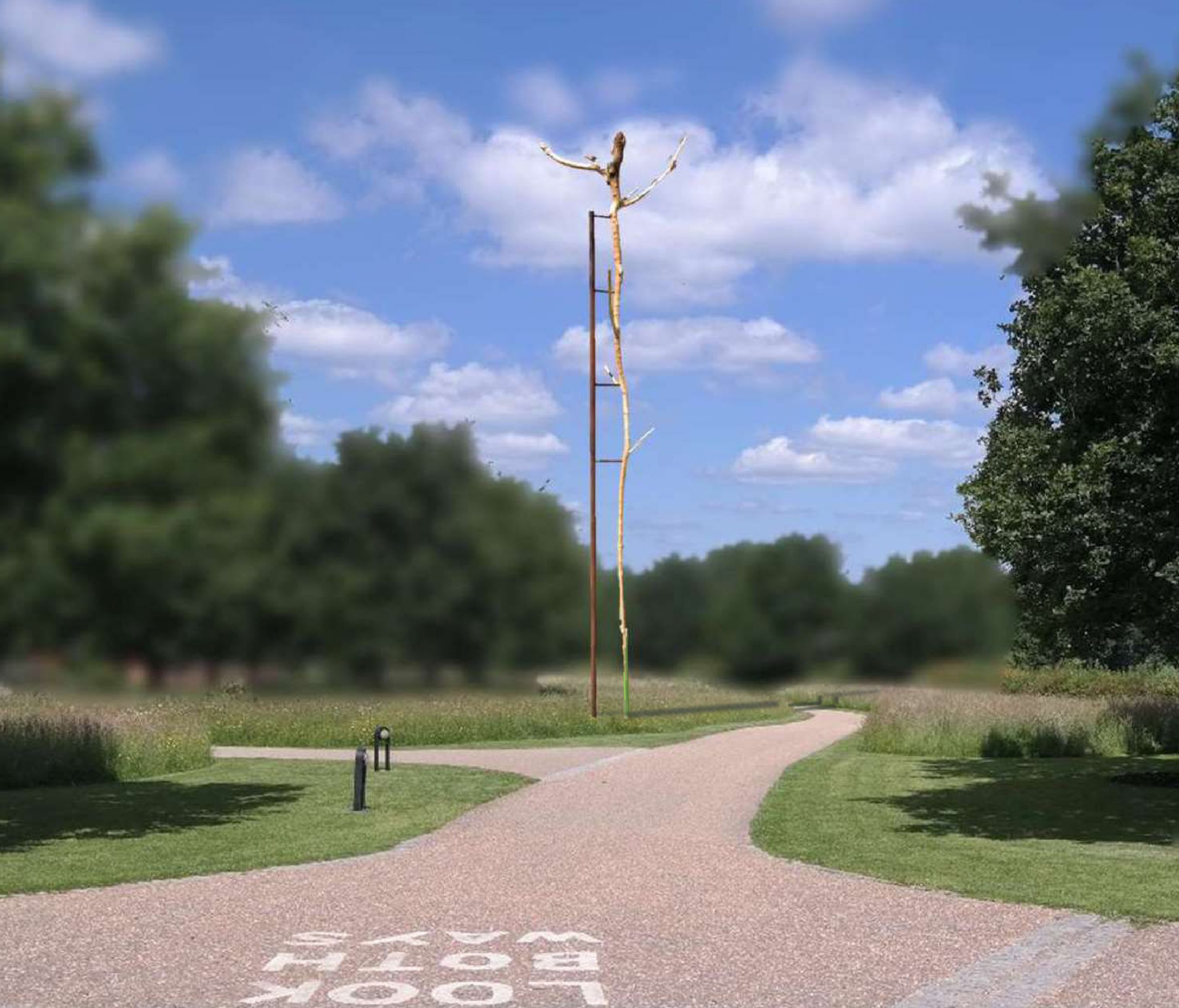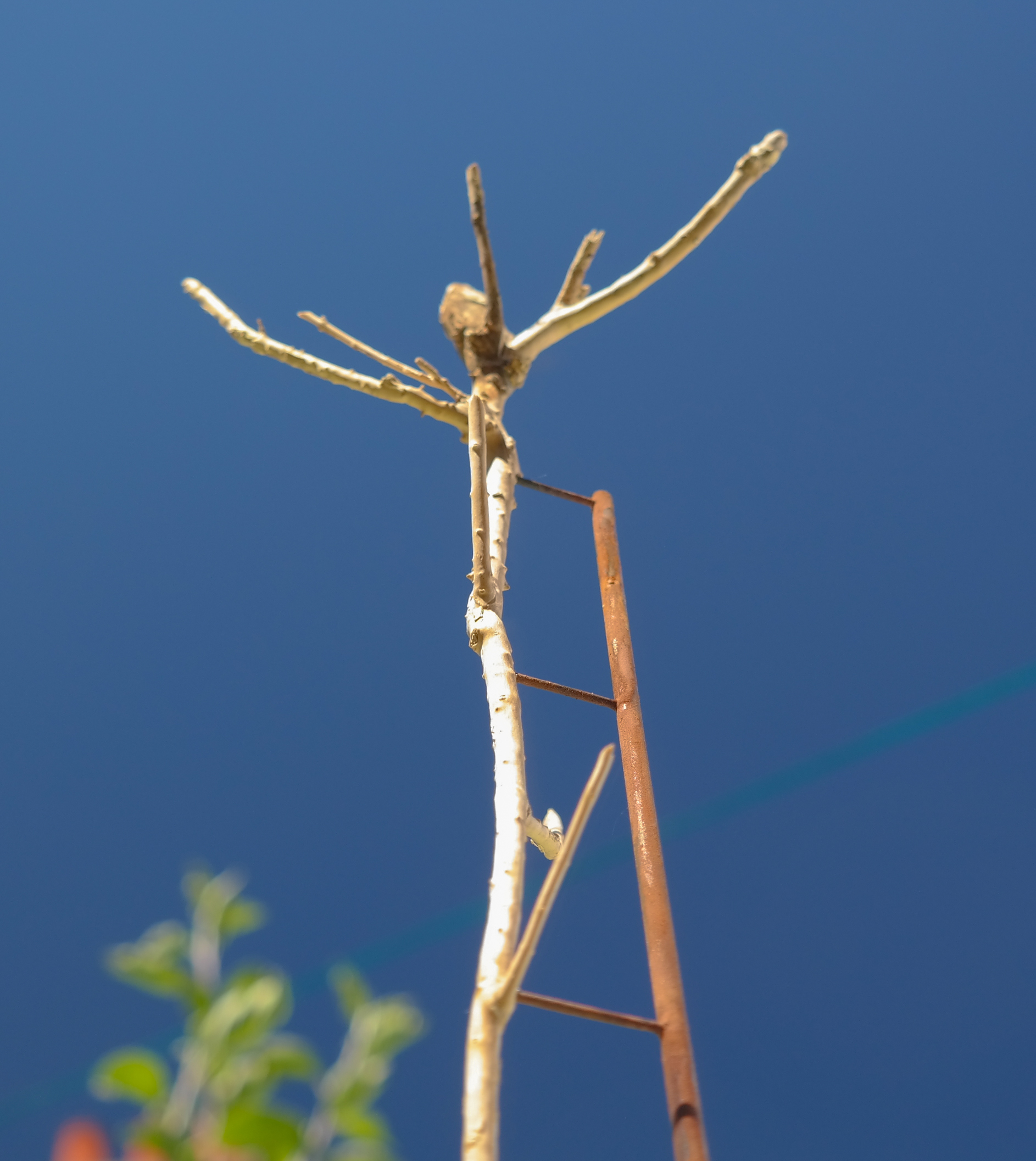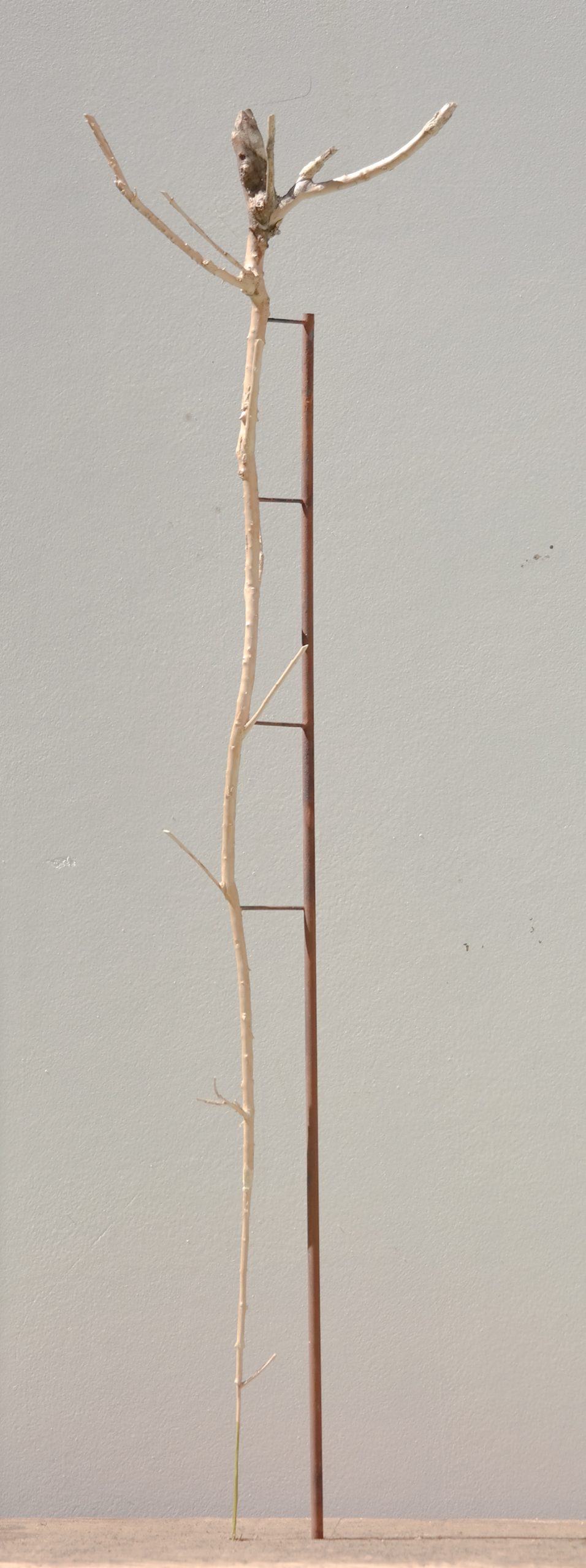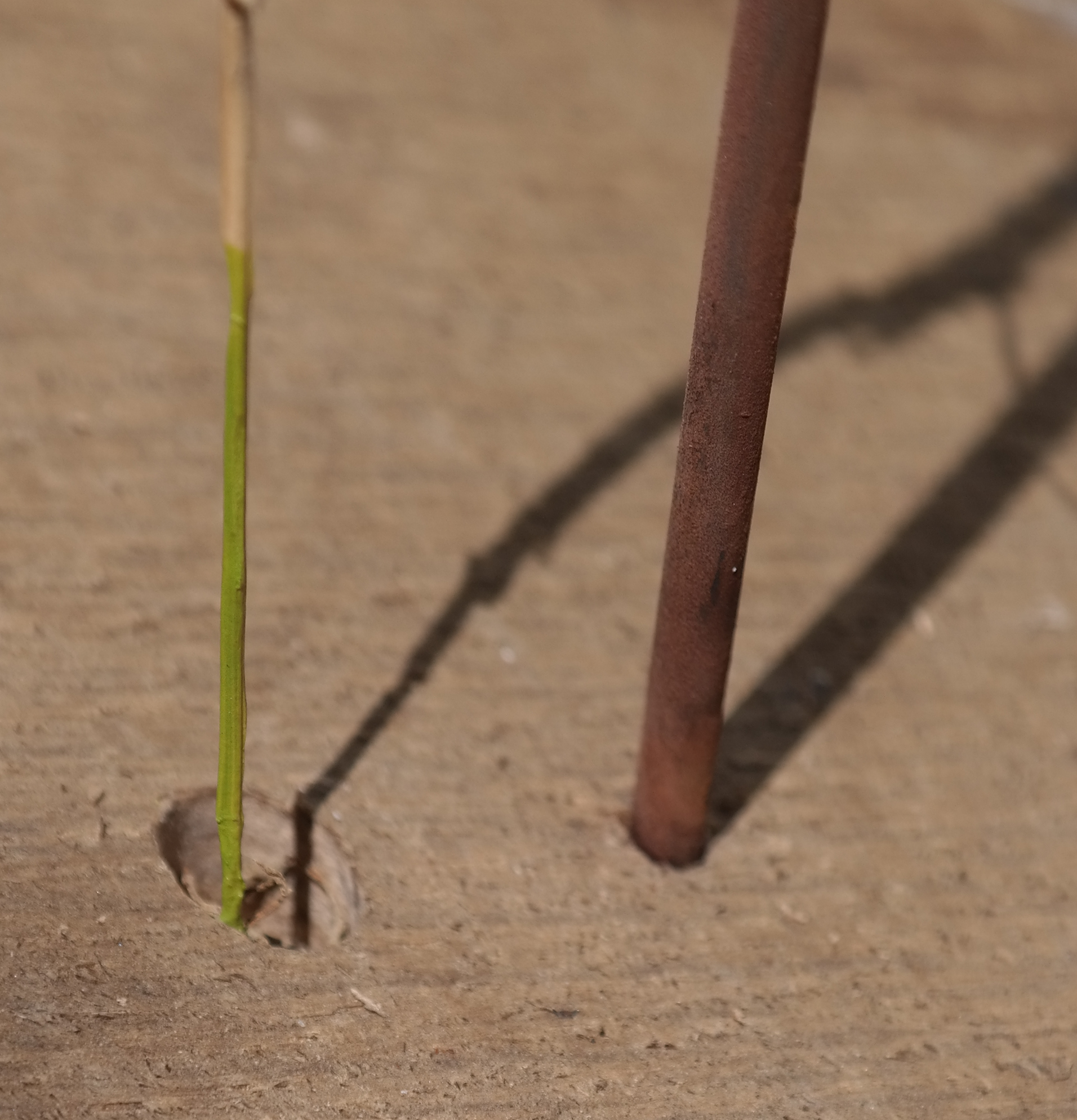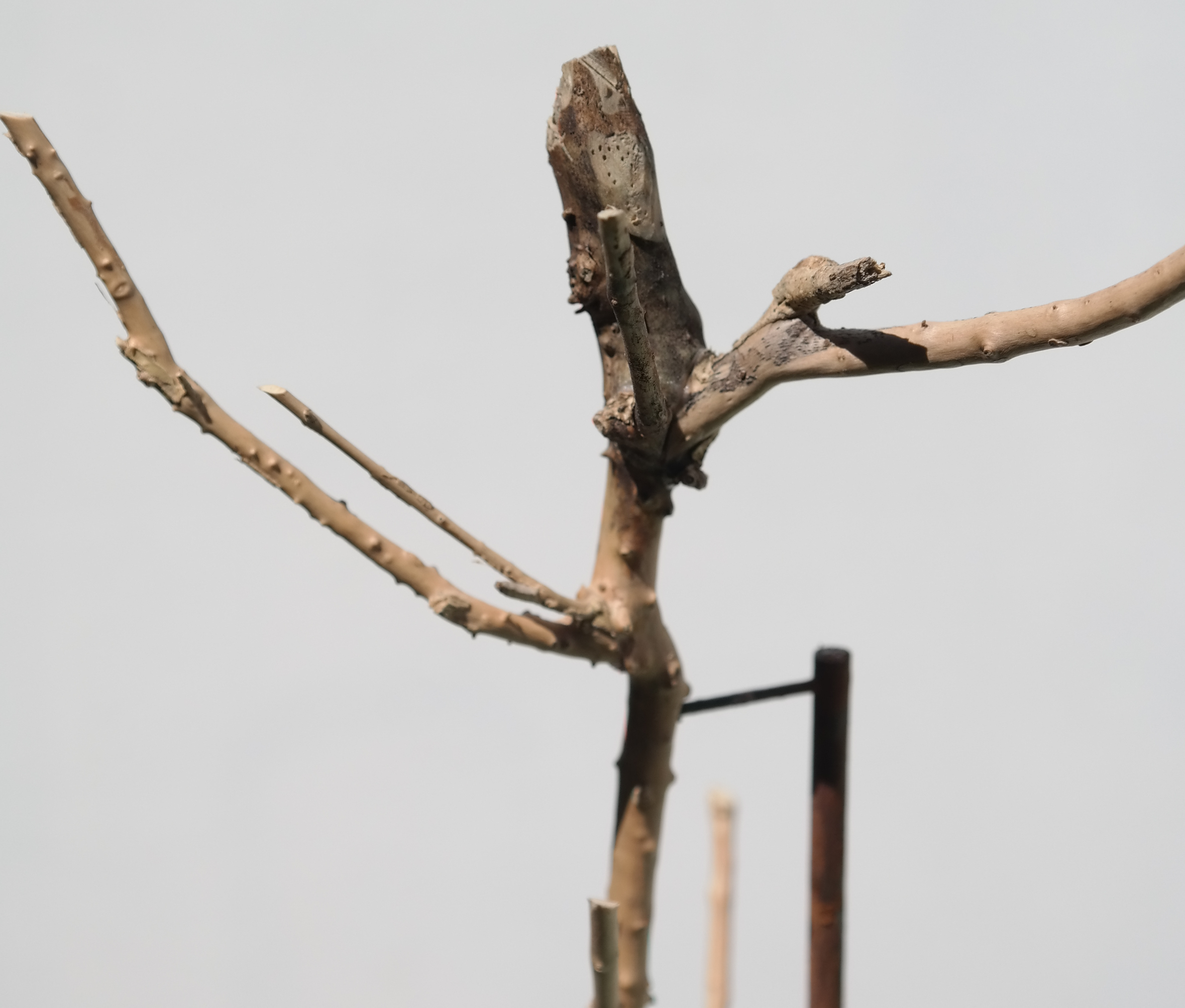The project at Wakehurst corresponds closely with my current sculpture practice which develops from PhD research carried out at Chelsea College of Art into our experience of the phenomenon of age in the objects that constitute our environment.
Our world is characterised by change; trees grow, fruit ripens and skin wrinkles. Yet it appears to us as stable and persisting.
Aristotle noticed that we do not recognise the objects that constitute our environment by their substance alone but also by their potentialities for change. He described these potentialities as the object’s ‘nature’, or ‘form’, and held that, for us, this ‘change-story’ was an integral part of the assimilated entity.
By Nature: Wakehurst (proposal) Paul Tuppeny 2022
“The nature of a thing…is a certain principle and cause of change…and is directly present in it” (AristotlePhysicsII/1/192b20pg33Waterfieldtrans.)
The sculpture sets out to hold in a single object the life and ‘nature’ of a tree. It begins at its base as a slim, green shoot, steadily widening in girth as it grows taller, finally terminating at its top as a rotting stump consumed by wood boring insects. This is a tree as we know a tree rather than as we see one; it is held as a living, growing, changing organism. The phenomena by which we understand a tree’s growth are aligned in a single vector along its length and, consequently, this axis directly represents the passage of time.
The proposed sculpture addresses time and change, demonstrating by accumulating physical mass the dynamic role of carbon in all growth.
At the base of the sculpture, a small circular void exposes the seed from which the tree has grown. This suggested the positioning of the sculpture at the entrance to the Millennium Seed Bank at Wakehurst.

